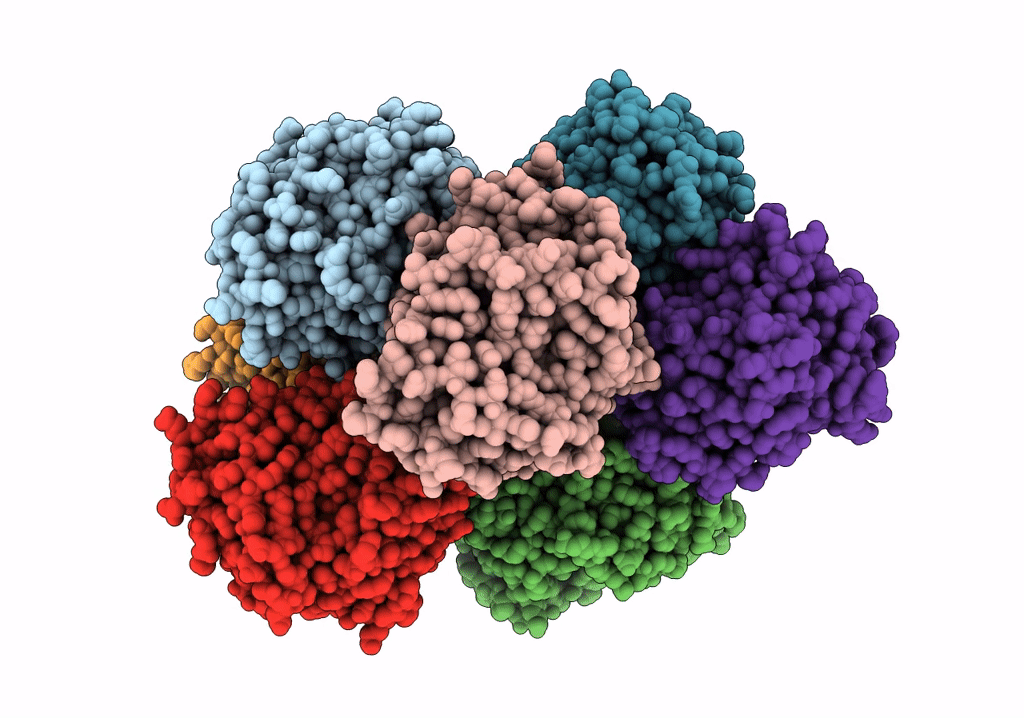
Deposition Date
2022-06-30
Release Date
2023-06-07
Last Version Date
2023-11-29
Entry Detail
Biological Source:
Source Organism:
Lactococcus garvieae subsp. garvieae (Taxon ID: 1890280)
Host Organism:
Method Details:
Experimental Method:
Resolution:
2.10 Å
R-Value Free:
0.24
R-Value Work:
0.19
Space Group:
P 1 21 1


